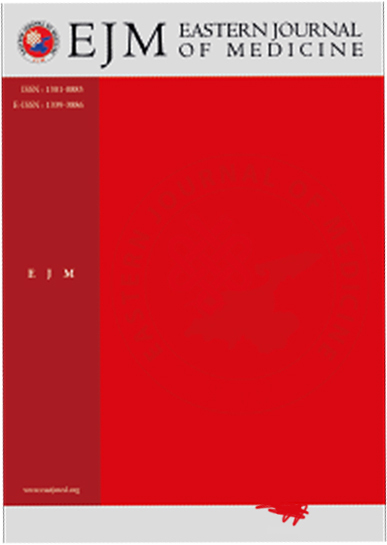Management and treatment of foreign bodies ingestion in childhood
Mehmet Melek1, Ufuk Cobanoglu2, Salim Bilici1, Burhan Beger1, Baran Serdar Kizilyidiz3, Yasin Melek412
3
4
Ingestion of foreign bodies (FBs) is a significant problem that causes morbidity and mortality in childhood. The aim of this retrospective study was to report our experience of foreign body ingestion in pediatric patients. The medical records of 165 patients who were hospitalized for foreign body (FB) ingestion in pediatric and chest surgery departments between 2005 and January 2010 were evaluated retrospectively. X-ray films and abdominal ultrasound scan were used for the diagnostic approach of the patients. The common complaints were odynophagia-dysphagia (n=107), hypersalivation (n=81), cough (n=21), vomitting (n=20) and asymptomatic in 34 patients. Radiological examinations showed that FB was located in the esophagus in 81.2% (n=134) of the patients, in the stomach of 6.74% (n=11) patients, in the intestinal segments in 10.4% (n=17), in the rectum in 1.21% (n=2) and in the liver parenchyma 0.6% (n=1) patients. Endoscopic examination performed in 134 (81.2%), FB proceeded uneventfully in 23 (13.9%) in follow up period and 8 (4.8%) patients underwent surgery. The type of ingested FB varied widely. The coins (n=54, 32.7%) and pieces of plastic toys (n=29, 17.5%) were the most frequently ingested FBs. Foreign body ingestion is a major problem in childhood. Management depends on carefully and close follow up for complications and favorable treatment choice.
Keywords: Foreign body, childhood, esophagus, dysphagia
Manuscript Language: English














